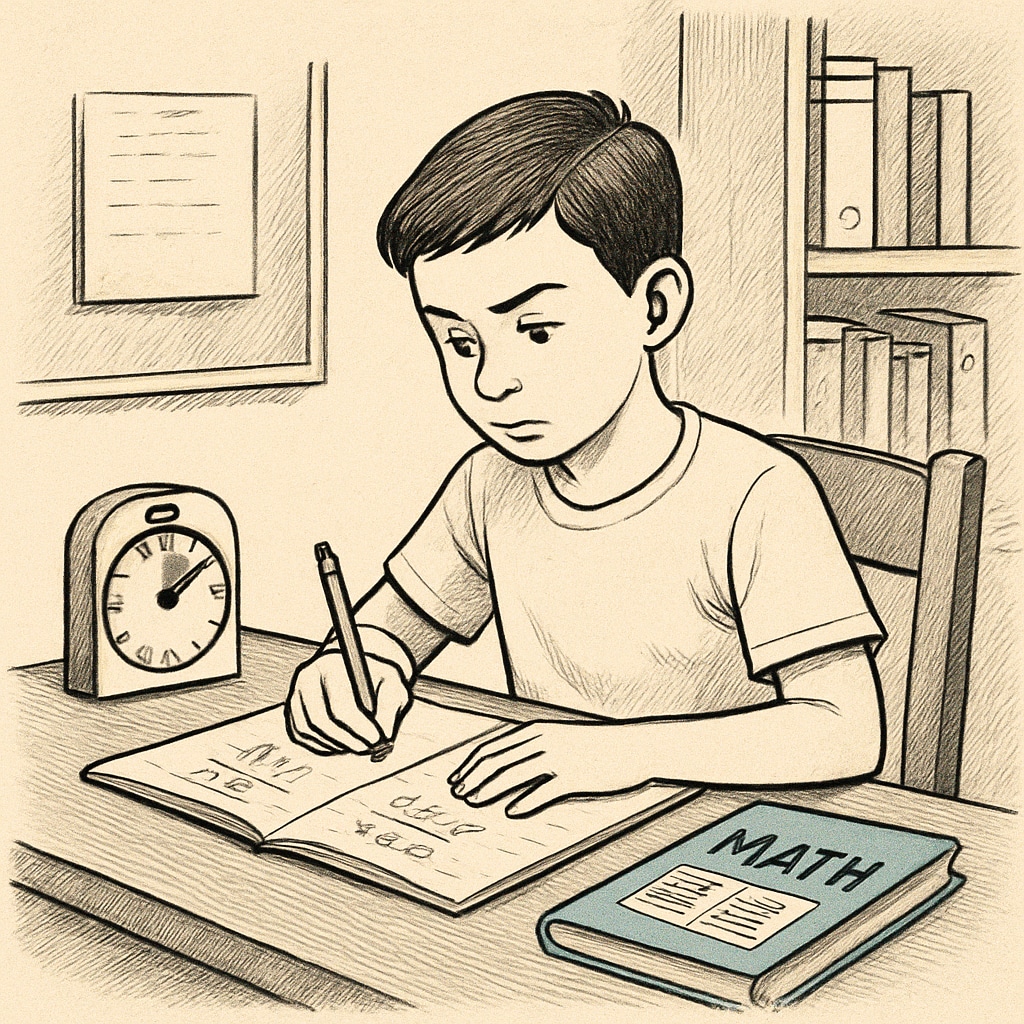Math exam anxiety can significantly impact a student’s performance, particularly when it comes to multiple-choice questions. Under time pressure, even the most prepared students may struggle to focus or make clear decisions. This article explores the causes and effects of math exam anxiety and provides actionable strategies to overcome this common challenge.
Understanding Math Anxiety and Time Constraints
Math anxiety is a specific form of academic stress that often arises from a fear of failure or previous negative experiences with the subject. When combined with strict time limits during exams, students can experience cognitive overload, leading to poor decision-making. This is especially problematic for multiple-choice questions, which require quick thinking and precision.
Research has shown that anxiety activates the brain’s “fight or flight” response, redirecting focus away from problem-solving. As a result, students may overlook details or second-guess themselves, even when they know the correct answer.

How Anxiety Affects Multiple-Choice Performance
Multiple-choice questions are designed to test not only knowledge but also reasoning and decision-making skills. However, when anxiety sets in, students may exhibit the following behaviors:
- Overthinking each option, leading to wasted time.
- Skipping questions due to fear of making the wrong choice.
- Second-guessing answers and changing correct responses to incorrect ones.
For example, a student may solve a math problem correctly but panic when confronted with similar-looking distractors in the answer choices. In these moments, anxiety—not lack of preparation—becomes the primary obstacle.
Strategies to Combat Exam Anxiety and Boost Confidence
Fortunately, there are several evidence-based strategies to help students manage exam stress and improve performance on multiple-choice questions:
- Practice under timed conditions: Simulate exam settings during study sessions to build familiarity with time constraints.
- Master relaxation techniques: Deep breathing or mindfulness exercises can help calm nerves before and during the exam.
- Use elimination methods: Narrow down answer choices to reduce cognitive load and focus on the most likely options.
- Develop a pacing strategy: Allocate specific amounts of time to each section and stick to the plan.
- Focus on positive reinforcement: Highlight past successes to build confidence and reduce fear of failure.

Long-Term Solutions to Build Resilience
While short-term strategies can help during exams, addressing math anxiety requires a long-term approach as well. Building a strong foundation in mathematics through consistent practice and seeking support from teachers or tutors can alleviate the fear associated with the subject.
Additionally, schools can play a role by offering workshops on stress management and test-taking strategies. Normalizing conversations about academic anxiety can also reduce stigma, encouraging students to seek help when needed.
Conclusion: Turning Anxiety into an Opportunity
Math exam anxiety, particularly under time pressure, is a common challenge for many students. However, with the right strategies and a proactive mindset, it is possible to overcome this psychological barrier and excel in multiple-choice questions. By practicing under realistic conditions, managing stress effectively, and building confidence, students can transform their anxiety into a stepping stone for success.
For further reading: Learn more about test anxiety on Wikipedia or explore tips for managing academic stress through Britannica’s education resources.


